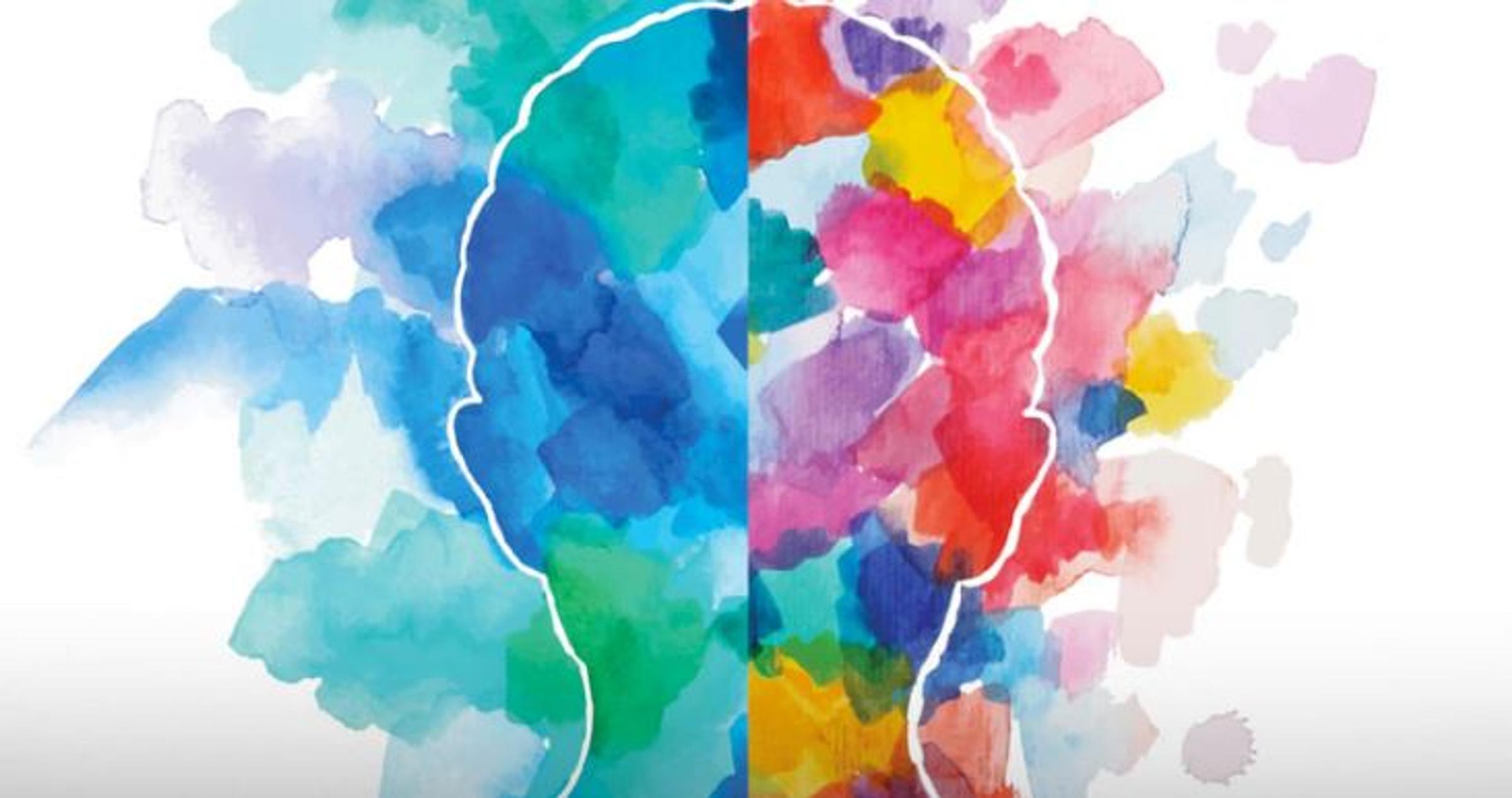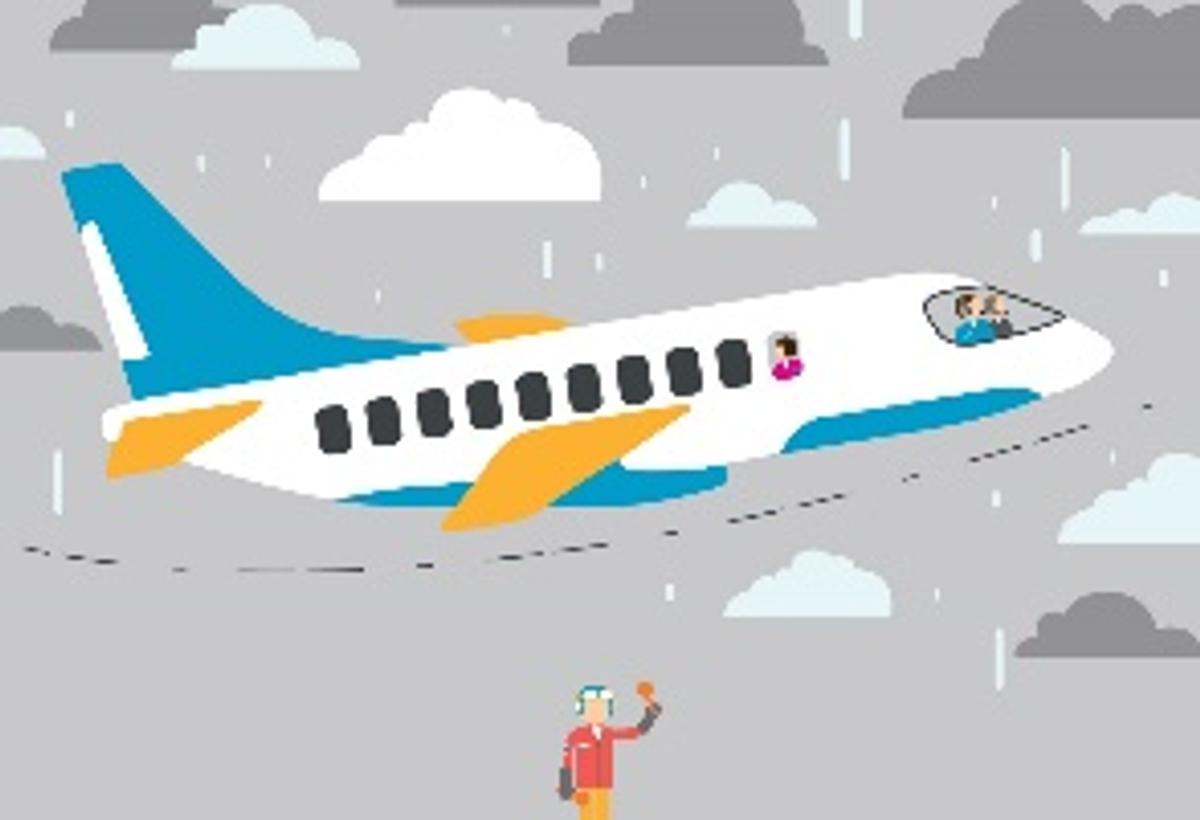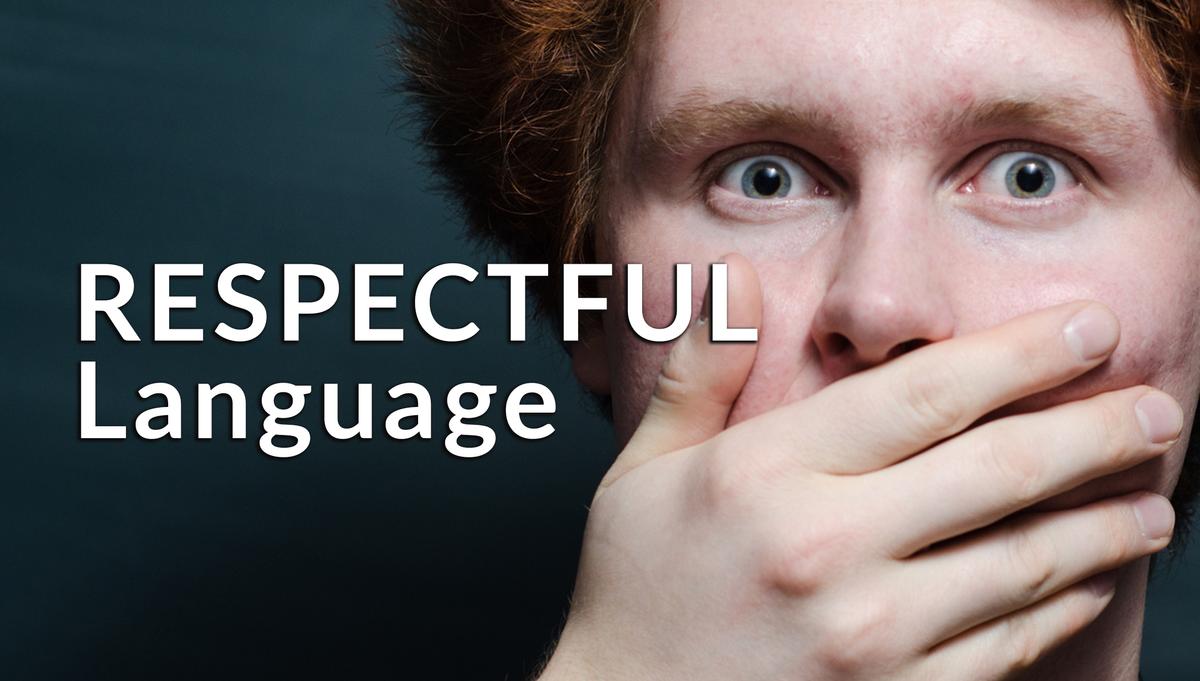Wellbeing

What is resilience and how can I help my child?
Resilience is shaped partly by the individual characteristics we are born with (our genes, temperament and personality) and partly by the environment we grow up in — our family, community and the broader society. While there are some things we can’t change, such as our biological makeup, there are many things we can change.
One way of explaining the concept of resilience is to imagine a plane encountering turbulence mid-flight. The turbulence, or poor weather, represents adversity. Different planes will respond to poor weather conditions in different ways, in the same way different children respond to the same adversity in different ways.
The ability of the plane to get through the poor weather and reach its destination depends on:
• the pilot (the child)
• the co-pilot (the child’s family, friends, teachers and health professionals)
• the type of plane (the child’s individual characteristics such as age and temperament)
• the equipment available to the pilot, co-pilots and ground crew
• the severity and duration of the poor weather.
We can all help children become more resilient and the good news is, you don’t have to do it alone. You can ask other adults such as carers and grandparents to help. Building children’s resilience is everyone’s business, and it’s never too early or too late to get started. As a parent, carer, or significant adult, you can help to develop essential skills, habits and attitudes for building resilience at home by helping your child to:
• build good relationships with others including adults and peers
• build their independence• learn to identify, express and manage their emotions
• build their confidence by taking on personal challenges.
Follow this link for some simple things you can do: https://healthyfamilies.beyondblue.org.au/healthy-homes/building-resilience
In today’s world, it is common to hear socially offensive language on the streets, on social media channels, streaming services and in some forms of modern music. While swearing is becoming more common and less taboo, the use of derogatory language or the act of swearing at someone, or about someone, is a form of verbal violence. It transgresses the usual rules of social interaction by impinging on an individual’s self-image and sense of dignity.
It is becoming apparent that some young people are being influenced by the language they hear. Proliferating the use of swear words can sometimes normalise, glamorise and desensitise their impact for kids who may misunderstand the true meaning of some derogatory terms. Whilst some students may use swearing or derogatory terms as a misguided attempt at belonging, others may use it simply because they are still learning how to moderate their language and are not accustomed to making adjustments to suit different situations.
Although many schools enforce a zero-tolerance policy when it comes to swearing and derogatory language, parents need to also play an important part in enforcing this approach. Parents and carers can be proactive in monitoring what their children are viewing or being exposed to. Discussing the use of words or the origin of some derogatory terms and gaining insight into the reason behind their child’s use of such language can help prevent inappropriate or disrespectful language filtering into the classroom or the school yard, which in turn helps to build more tolerant, safe and connected communities.
This Special Report offers a number of guidelines to help manage a suitable approach when discussing the importance of respectful language. We hope you take a moment to reflect on the information offered, and as always, we welcome your feedback. If this raises any concerns for you, a loved one or the wellbeing of your child, please seek medical or professional help.
Here is the link to your special report https://edenhope.vic.schooltv.me/wellbeing_news/special-report-respectful-language



